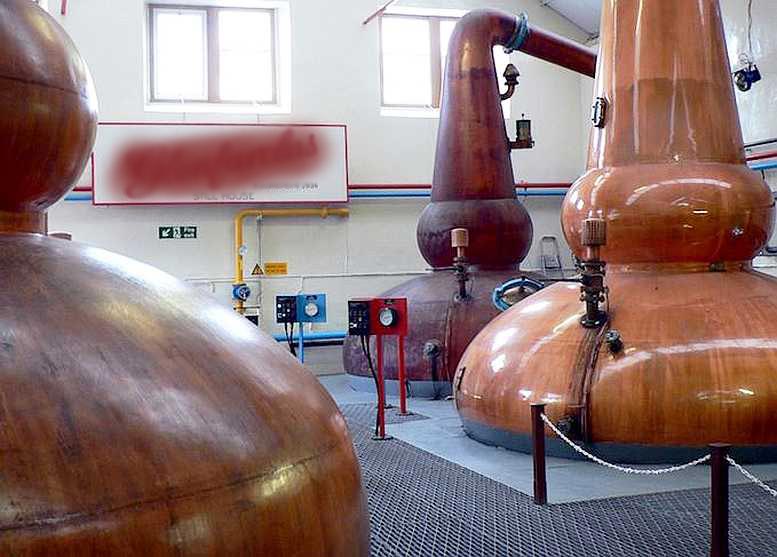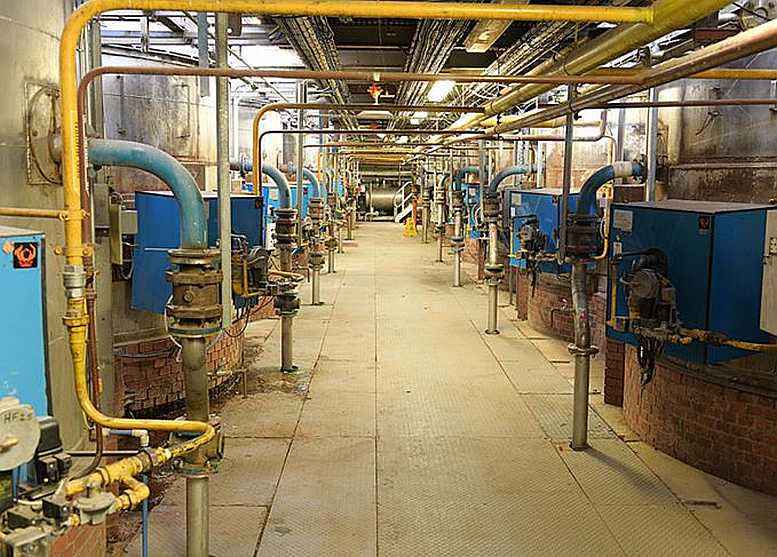Why Some Distilleries Use Fire-Heated Stills

THERE WAS a time when all Superior distilleries heated their stills over gas or coal fires, but only a handful continue to employ the method. Here’s how steam-heated stills became the norm, and how the two methods affect whisky’s flavour.
Heating a still over live flame is a rare occurrence these days. In one country, only three distilleries continue to use this method, as did Dornoch until early 2019 when it switched to direct electric.
Until next time… Happy Distilling!
Cheers

Questions about Spirit Essences or Home Distilling?
Phone John direct NOW – 0414 955 743 or phone John 0414 955 743
Keith’s Global Flavors Spirit Essences Facebook Page
Global Flavors’ HOME DISTILLERS CLUB Facebook Group







